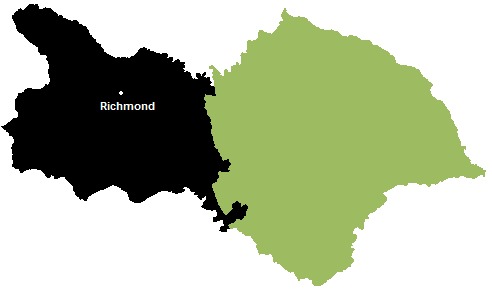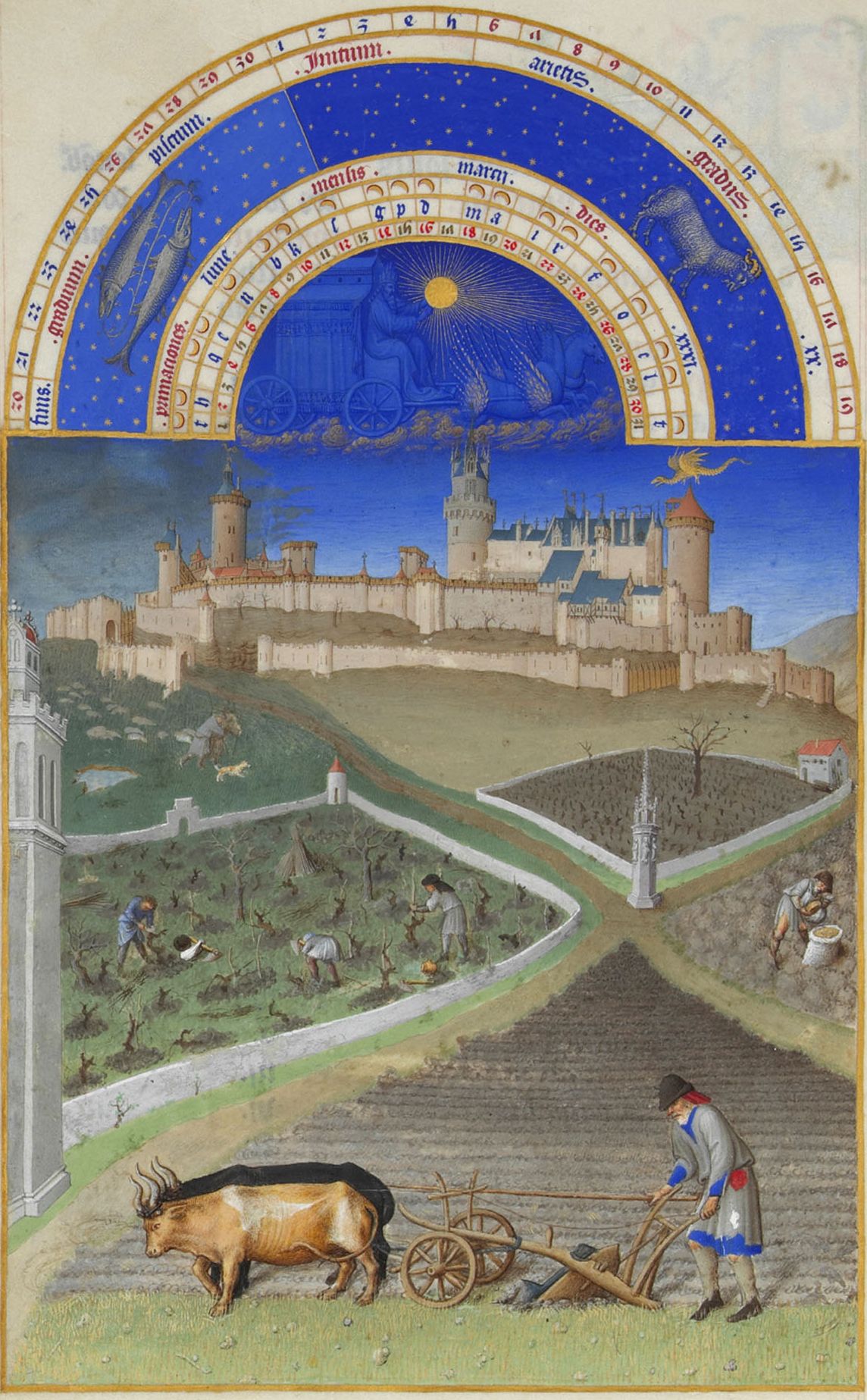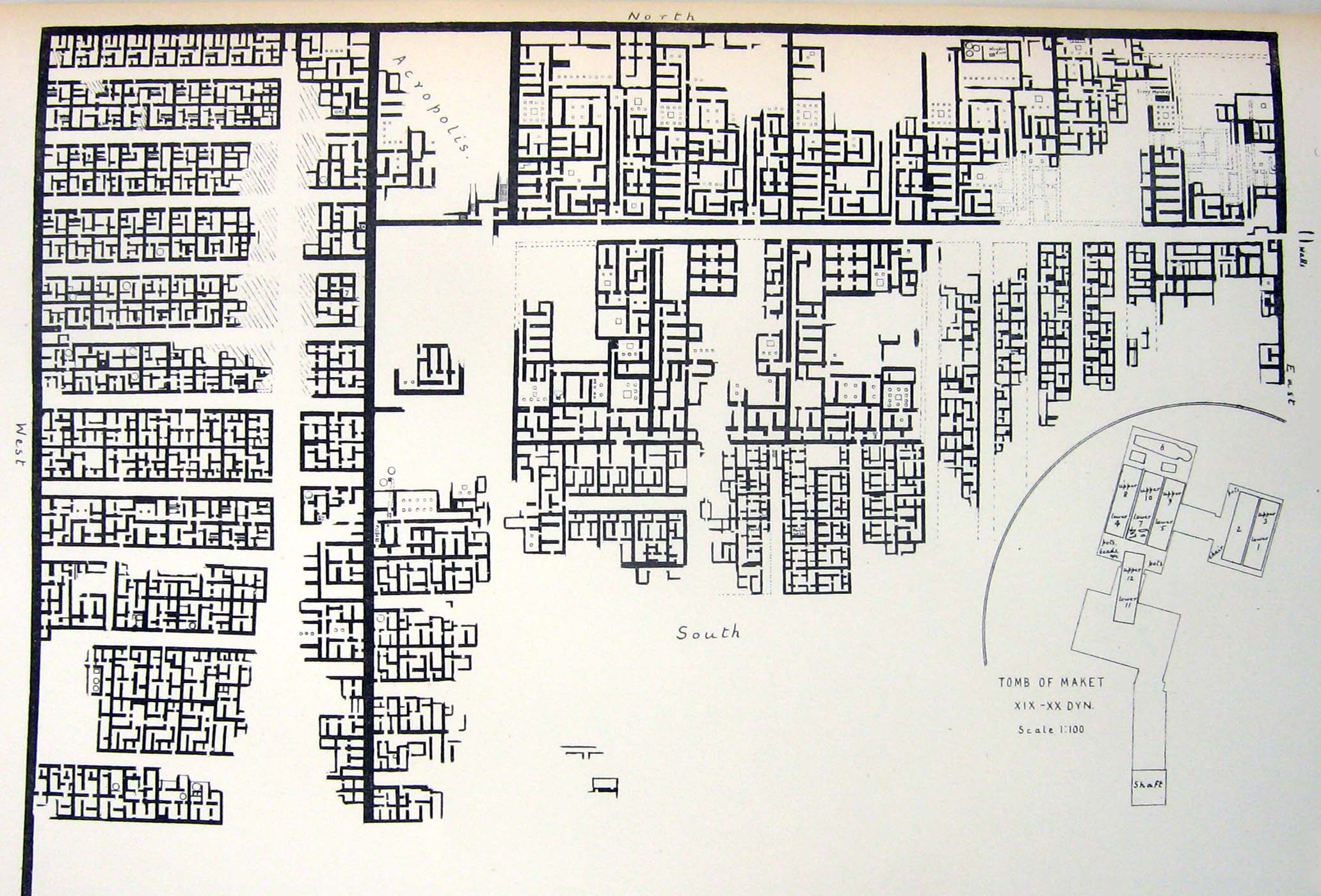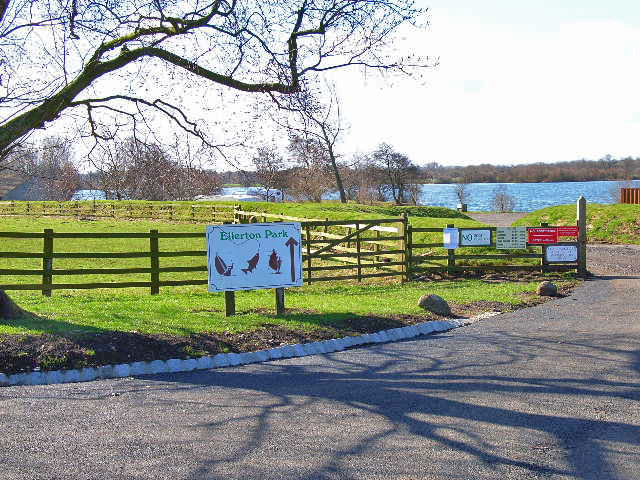|
Uckerby
Uckerby is a hamlet and civil parish in the Richmondshire district of North Yorkshire, England. It situated at a crossroads on the road between Scorton and Moulton. The hamlet lies north west of the county town of Northallerton. History Uckerby first appears on record as ''Ukerby'', in 1198. The place name is derived from two Old Norse elements: the first is thought to be an unattested Old Norse personal name, either ''*Úkyrri'' or ''*Útkári''; the second element is ''býr'', meaning farmstead. which cited: The hamlet was once part of the parish of Catterick, but was included in the Bolton-on-Swale parish in the late nineteenth century. In the 13th century the land was held as part of the FitzAlan fee of the manor of Catterick, with the tenants having the same name as the hamlet. The manor had passed to Andrew de Harcla, Earl of Carlisle by the start of the next century, but had to be forfeited when he was defeated in the rebellion against Edward II. The manor ... [...More Info...] [...Related Items...] OR: [Wikipedia] [Google] [Baidu] |
Catterick, North Yorkshire
Catterick () is a village, civil parish and electoral ward in the Richmondshire district of North Yorkshire, England. Historically part of the North Riding of Yorkshire, it is north-west of the county town of Northallerton just to the west of the River Swale. It lends its name to nearby Catterick Garrison and the nearby hamlet of Catterick Bridge, the home of Catterick Racecourse where the village Sunday market is held. It lies on the route of the old Roman road of Dere Street and is the site of the Roman fortification of Cataractonium. Toponymy The etymology of the name is derived from the Latin place name "Cataractonium", which looks like a Latin/Greek mixture meaning "place of a waterfall", but it might have been a Roman misunderstanding of the Celtic name ''Catu-rātis'' meaning "battle ramparts", as partly supported by the spelling Κατουρακτονιον (Catouractonion) on the Ptolemy world map. History The place is mentioned in Ptolemy's Geographia ... [...More Info...] [...Related Items...] OR: [Wikipedia] [Google] [Baidu] |
North Cowton
North Cowton is a village and civil parish, located in Richmondshire, North Yorkshire, England. It is north-west of the county town of Northallerton. History The village is mentioned in the ''Domesday Book'' as Cattun. The head of the manor is noted as ''Gilling'' and lands before the Norman conquest belonged to '' Earl Edwin'' and ''Ulf''. After 1086 the lands were granted to Count Alan of Brittany, with a small allocation to '' Godric, the steward'' and an unnamed individual. The manor became a mesne lordship and was granted to ''Adam de Mounchesny'' during the reign of Henry III. This passed to the ''Fitz Alan'' family around 1260 until the early 15th century when they were the possession of John Brough. His direct line of inheritance ceased around 1558 with the death of Sir Ralph Bulmer. Thereafter the descent followed that of the other Cowton manors nearby. The last confirmed lord of the manor was the Earl of Tyrconnel and thence possibly his cousin Walter Cecil Talbo ... [...More Info...] [...Related Items...] OR: [Wikipedia] [Google] [Baidu] |
Scorton, North Yorkshire
Scorton is a village and civil parish in the Richmondshire district of North Yorkshire, England. It is approximately north-west of the county town of Northallerton. History The village is mentioned in '' Domesday Book'' as "Scortone" in the lands of Count Alan of Brittany, who was tenant-in-chief during the Norman invasion. Before the invasion the manor was granted to ''Thorfin of Ravensworth'' but subsequently granted in 1086 to ''Bodin, brother of Bardulf''. The manor was thereafter split into two parts, the larger granted to the ''Fitz Hugh'' family and the smaller to the ''Fitz Alans''. The descent of the larger part of the manor followed that of the manor of Kirkby Ravensworth until 1512 when it came into the ''Fiennes'' family, who were entitled as '' Baron Dacre''. In 1600 the manor was left to ''Charles Tankard'' and ''Christopher Jeynes'', who had sold it to ''Leonard Wastell'' by 1616. Towards the end of the 18th century the manor passed to the ''Earl of Tyrcon ... [...More Info...] [...Related Items...] OR: [Wikipedia] [Google] [Baidu] |
Richmondshire
{{Infobox settlement , name = Richmondshire District , type = District , image_skyline = , imagesize = , image_caption = , image_blank_emblem= Richmondshire arms.png , blank_emblem_type = Coat of arms , image_map = Richmondshire UK locator map.svg , map_caption = Shown within North Yorkshire , mapsize = frameless , subdivision_type = Sovereign state , subdivision_name = United Kingdom , subdivision_type1 = Constituent country , subdivision_name1 = England , subdivision_type2 = Region , subdivision_name2 = Yorkshire and the Humber , subdivision_type3 = Administrative county , subdivision_name3 = North Yorkshire , seat_type = Admin. HQ , seat = Richmond , government_type = Richmondshire District Council , leader_title = Leadership: , leader_name = Alternative – Sec.31 , leader_title1 = Executive: , leader_name1 = {{English district cont ... [...More Info...] [...Related Items...] OR: [Wikipedia] [Google] [Baidu] |
Manorialism
Manorialism, also known as the manor system or manorial system, was the method of land ownership (or " tenure") in parts of Europe, notably France and later England, during the Middle Ages. Its defining features included a large, sometimes fortified manor house in which the lord of the manor and his dependents lived and administered a rural estate, and a population of labourers who worked the surrounding land to support themselves and the lord. These labourers fulfilled their obligations with labour time or in-kind produce at first, and later by cash payment as commercial activity increased. Manorialism is sometimes included as part of the feudal system. Manorialism originated in the Roman villa system of the Late Roman Empire, and was widely practiced in medieval western Europe and parts of central Europe. An essential element of feudal society, manorialism was slowly replaced by the advent of a money-based market economy and new forms of agrarian contract. In examining ... [...More Info...] [...Related Items...] OR: [Wikipedia] [Google] [Baidu] |
Moulton End
Moulton End is a hamlet (place), hamlet in North Yorkshire, in England. The hamlet gradually built up around the now disused Moulton End railway station, railway station formerly serving North Cowton. The station was part of the disbanded Eryholme-Richmond branch line, which also used to serve Catterick Garrison. The station building is now a residential property, the platform clock is still visible on the wall of the Station house. The Darlington-bound platform still survives, but it is heavily overgrown with trees and bushes. The Richmond, North Yorkshire, Richmond platform has been incorporated into a boundary wall to Station House. References Villages in North Yorkshire {{richmondshire-geo-stub ... [...More Info...] [...Related Items...] OR: [Wikipedia] [Google] [Baidu] |
Footpath (right Of Way)
In England and Wales, other than in the 12 Inner London boroughs and the City of London, the right of way is a legally protected right of the public to pass and re-pass on specific paths. The law in England and Wales differs from Scots law in that rights of way exist only where they are so designated (or are able to be designated if not already), whereas in Scotland any route that meets certain conditions is defined as a right of way, and in addition, there is a general presumption of access to the countryside ("right to roam"). Private rights of way or easements also exist (see also Highways in England and Wales). Inner London Definitive maps of public rights of way have been compiled for all of England and Wales, as a result of the National Parks and Access to the Countryside Act 1949, except the 12 Inner London boroughs, which, along with the City of London, were not covered by the Act. Definitive maps exist for the Outer London boroughs. Rights of way outside London Loc ... [...More Info...] [...Related Items...] OR: [Wikipedia] [Google] [Baidu] |
Brompton-on-Swale
Brompton-on-Swale is a village and civil parish in the Richmondshire district of North Yorkshire, England. The village is located three miles east of Richmond and north-west of the county town of Northallerton on the northern bank of the River Swale. History The village is mentioned in the ''Domesday Book'' as Brunton in lands owned by Count Alan of Brittany. The Count had granted the manor to the constable of Richmond Castle, ''Enisant Musard'' after 1086, with the previous lord at the time of the Norman conquest being a local man named ''Thor,'' who was listed as a sub-tenant. There were 16 households, 10 ploughlands, an meadow and a mill. By the late 13th century the manor was in dispute between the Rollos family, who had been granted the manor seized by Henry II, and Roald of Richmond. After the death of William de Rollos, the Crown restored the manor to Roald. Some of the lands at this time were held Robert Lacelles and Peter Greathead and their descendants until s ... [...More Info...] [...Related Items...] OR: [Wikipedia] [Google] [Baidu] |
Cul-de-sac
A dead end, also known as a cul-de-sac (, from French for 'bag-bottom'), no through road or no exit road, is a street with only one inlet or outlet. The term "dead end" is understood in all varieties of English, but the official terminology and traffic signs include many different alternatives. Some of these are used only regionally. In the United States and other countries, ''cul-de-sac'' is often not an exact synonym for ''dead end'' and refers to dead ends with a circular end, allowing for easy turning at the end of the road. In Australia and Canada, they are usually referred to as a ''court'' when they have a bulbous end. Dead ends are added to road layouts in urban planning to limit through-traffic in residential areas. While some dead ends provide no possible passage except in and out of their road entry, others allow cyclists, pedestrians or other non-automotive traffic to pass through connecting easements or paths, an example of filtered permeability. The Internatio ... [...More Info...] [...Related Items...] OR: [Wikipedia] [Google] [Baidu] |
River Swale
The River Swale in Yorkshire, England, is a major tributary of the River Ure, which becomes the River Ouse, that empties into the North Sea via the Humber Estuary. The river gives its name to Swaledale, the valley through which it flows. The river and its valley are home to many types of flora and fauna typical to the Yorkshire Dales. Like similar rivers in the region, the river carves through several types of rock and has features typical of both river and glacial erosion. The River Swale has been a contributory factor in the settlements that have been recorded throughout its history. It has provided water to aid in the raising of crops and livestock, but also in the various mining activities that have occurred since Roman times and before. The river is said to be the fastest flowing in England and its levels have been known to rise in 20 minutes. Annual rainfall figures average 1800 mm p.a. in the headwaters and 1300 mm p.a. in the lower waters over a drop of ... [...More Info...] [...Related Items...] OR: [Wikipedia] [Google] [Baidu] |
Riddell Baronets
There have been three baronetcies created for people with the surname Riddell, one in the Baronetage of Nova Scotia, one in the Baronetage of Great Britain and one in the Baronetage of the United Kingdom. As of 2014 one creation is extant. The Riddell Baronetcy, of Riddell in the County of Roxburgh, was created in the Baronetage of Nova Scotia on 14 May 1628 for John Riddell. Sir John Riddell's lands were erected into the barony and regality of New Riddell. Sir John's third son, William, was knighted by Charles I and later served in the Eighty Years' War also known as the Netherlands' War of Independence. The Reverend Archibald Riddell, the third son of the second Baronet, was a minister of the reformed church in Edinburgh who was persecuted and imprisoned because he would not renounce his Covenanter beliefs; unlike many others, however, he escaped with his life. Sir John Buchanan Riddell, MP for Selkirk, married in 1805 the eldest daughter of the Earl of Romney. In September 19 ... [...More Info...] [...Related Items...] OR: [Wikipedia] [Google] [Baidu] |
Ellerton-on-Swale
Ellerton-on-Swale or Ellerton (historically known as Ellerton-upon-Swale) is a small village and civil parish about a mile east of Catterick, North Yorkshire, Catterick in the Richmondshire district of North Yorkshire, England. In 2015, North Yorkshire County Council estimated the population of the parish at 110. At the 2011 Census for England and Wales, 2011 census, the population of the parish was included with Bolton-on-Swale) and not counted separately. The village sits just south of the B6271 road between Richmond, North Yorkshire, Richmond and Northallerton, and has a large lake used for diving between the settlement and the River Swale to the south. Another lake to the west, Bolton-on-Swale Lake, is a former sand and gravel quarry and is now a Yorkshire Wildlife Trust sponsored nature reserve. The village has an entry in the Domesday Book which states that it belonged to Count Alan and had six villagers. It is said that it is the birthplace of Henry Jenkins (supercent ... [...More Info...] [...Related Items...] OR: [Wikipedia] [Google] [Baidu] |







